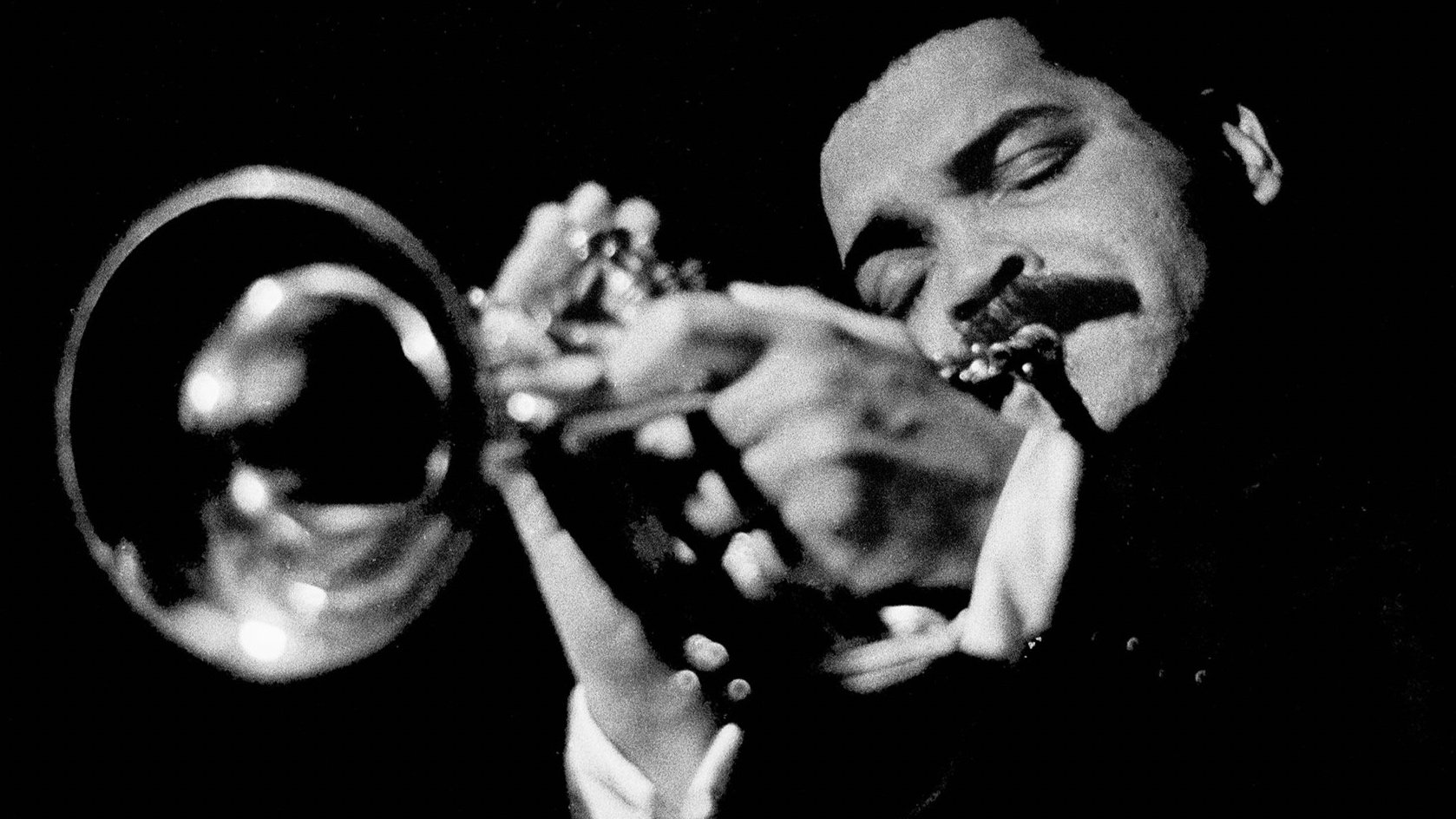Ave Pildas
In the annals of street photography, few names resonate with the vibrancy and depth of Ave Pildas. His journey from the jazz-infused streets of the Midwest to the bustling energy of Hollywood Boulevard paints a portrait of a man whose lens has captured the evolving American landscape. This article delves into the life, style, and legacy of Ave Pildas, offering insights into his enduring impact on the world of photography.
Early Life and Career
Born in the heart of Cincinnati, Ohio, Pildas's early life was a far cry from the world of photography. Initially setting out to pursue architecture, a pivotal critique at the University of Cincinnati redirected his path towards design. However, it was during his tenure at Capitol Records as an Art Director that Pildas's passion for photography began to crystallize. His transition from designing album covers to capturing the essence of street life marked the beginning of an illustrious career behind the lens.
Photographic Style and Techniques
Pildas's photographic style is a reflection of his architectural beginnings - structured, yet brimming with spontaneity. His images, characterized by sharp contrasts and dynamic compositions, capture the pulse of urban life. His technique of pre-focusing and waiting for the perfect moment mirrors the patience and precision of a seasoned architect. Pildas's choice of black and white film adds a timeless quality to his snapshots of fleeting moments.
Career Highlights
Pildas's career is dotted with highlights that span across decades and continents. His intimate jazz portraits provide a window into the soulful depths of the genre, while his architectural and street photography showcases the evolving American urban landscape. Notable exhibitions and accolades aside, Pildas's role as a Professor Emeritus at Otis College of Art and Design underscores his commitment to shaping the next generation of photographers.
Photography Gear Used by Ave Pildas
Leica M6: Renowned for its precision and versatility, the Leica M6 was a staple in Pildas's gear. Its unobtrusive design made it perfect for candid street photography, allowing Pildas to blend into the background and capture authentic moments.
Tri-X Film: Known for its excellent grain structure and ability to perform in varied lighting conditions, Tri-X film was Pildas's go-to choice. Its high-speed properties were ideal for the dimly lit jazz clubs and bustling streets that often served as his subjects.
Photography books
"Movie Palaces": This book offers a captivating journey through the golden age of American movie theaters, showcasing Ave Pildas's brilliant color photographs of these cinematic temples. Pildas captures the essence of the spectacle and glamour that defined these architectural marvels, focusing on details like marquees, box offices, lobbies, and the dazzling terrazzo floors. "Movie Palaces" serves as a valuable resource for practicing photographers, offering inspiration from the meticulous attention to detail and the use of color to capture the grandeur of these vanishing treasures. The unique perspective and framing provide a deep understanding of how to photograph architectural interiors and exteriors, making it a treasure trove of insights and techniques.
"Ave Pildas: Bijou": This special limited edition book is not only a collection of Pildas's photographs but an artifact in itself, limited to 500 hand-numbered copies and including an original print signed by Pildas. The book focuses on the smaller details that might go unnoticed, teaching photographers the value of looking beyond the obvious and finding beauty in the minutiae. Through the 11 duotone plates, Pildas demonstrates his prowess in capturing the essence of his subjects, making "Ave Pildas: Bijou" a source of inspiration and a lesson in the art of subtlety and precision in photographic storytelling.
"Star Struck": In this first monograph in over four decades, Ave Pildas takes readers to the Hollywood Boulevard of the 1970s, a time when the area had more of a neighborhood feel, filled with a vibrant and diverse cast of characters. Through Pildas's lens, every individual is a star, capturing the essence of Hollywood's Walk of Fame with a sense of generosity and warmth. The book offers invaluable insights into capturing the human element in urban environments, highlighting techniques for engaging with subjects and drawing out their unique stories. "Star Struck" provides a deep dive into the approach of making everyone feel like a main character, offering inspiration and techniques for photographers interested in portrait and street photography.
Quotes
"I mean I pretty much compose every picture, even though many of them are taken quite quickly."
“I think that sometimes if I want to make a political statement or if I have a feeling about a certain issue... one picture does not tell the whole story."
"I'm happiest when I'm away from my studio, away from my house, and out with my camera.”
"Keep taking photos.”
"Laughing at oneself is something everyone should do."
Legacy and Influence
Ave Pildas's legacy extends beyond his photographic collections and exhibitions. His profound influence on the realms of street and jazz photography remains palpable. While Pildas carved a unique niche for himself, the echoes of his style can be seen in the works of other great photographers like Henri Cartier-Bresson and Robert Frank. These photographers, each with their distinct perspectives, share Pildas's acute sense of timing and profound understanding of the human condition.
Pildas's work continues to inspire a new generation of photographers to explore the streets with a keen eye and a compassionate heart. His dedication to education and mentorship has seeded the growth of countless artists who continue to push the boundaries of the medium. In Ave Pildas's photographs, we find not just images, but stories, emotions, and a timeless window into the human experience. His work reminds us that beauty, complexity, and intrigue can be found in the most ordinary of settings, waiting just to be captured.














Explore the vivid narrative of a man who, defying the conservative paths laid out before him, captured the vibrant essence of jazz, the architectural majesty of urban landscapes, and the subtle intimacies of everyday life.